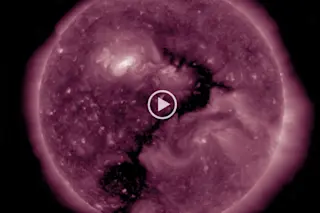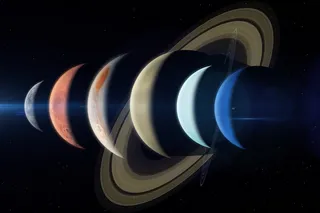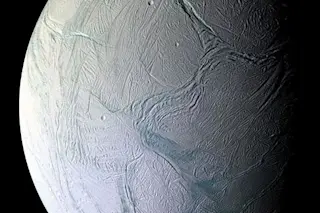An animation of images acquired by NASA's SDO spacecraft shows a coronal hole developing and dissipating on the Sun between Dec. 18 and 22, 2017. (Movie created on Helioviewer.org) It doesn't really take much imagination to see the dark question mark forming and dissipating across most of the Sun's surface in the animation above. The images that make up the animation were acquired by NASA's Solar Dynamics Observatory spacecraft between Dec. 18 and 22, 2017. And if you're thinking that the question mark is some sort of optical illusion, guess again. The feature is very real: an unimaginably large fissure in the Sun's atmosphere. There's nothing to be alarmed about. Features like this are completely normal. Scientists call them "coronal holes." I've written about coronal holes before, most recently almost exactly a year ago. Here's my explanation of the phenomenon from that story,
"A new 'hole' in the Sun’s atmosphere ...














